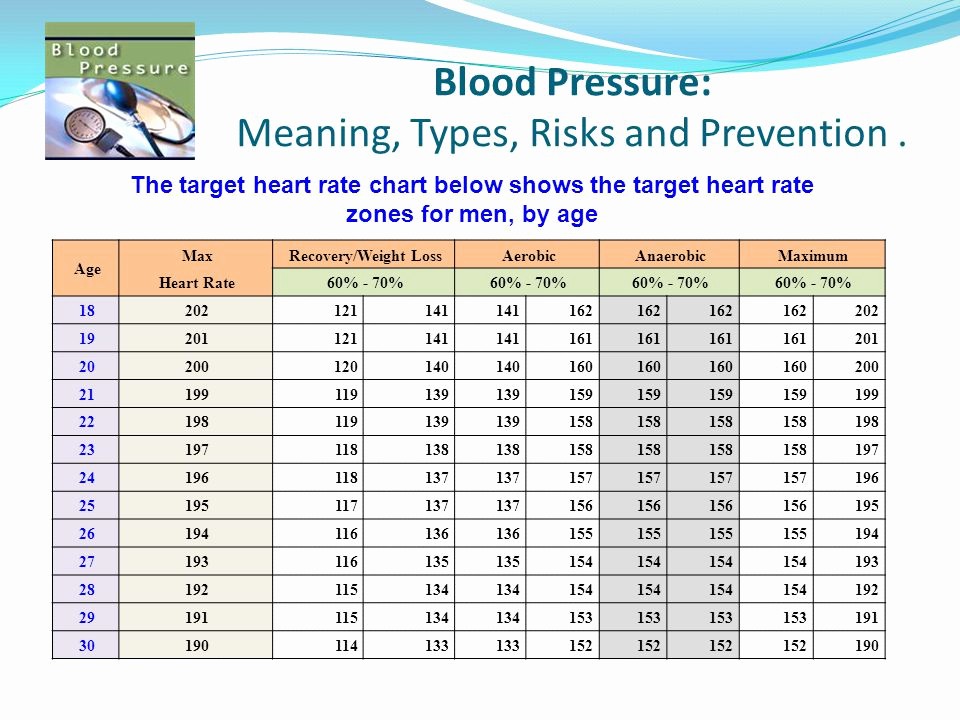

The downward BP trend in adolescents seemed to follow decreasing adult BP trends in middle and high-income countries. In 11- to 13-year-olds as well as in 14- to 17-year-olds lower BP has been observed (SBP −2.4 and −3.2 mm Hg, respectively, and DBP −1.8 and −1.7 mm Hg), while RHR was significantly higher (+2.7 and +3.7 bpm). No significant changes in BP or in RHR were observed in 7- to 10-year-olds over time. In 3- to 6-year-olds adjusted mean SBP and DBP were significantly higher in 2014–2017 compared to 2003–2006 (+2.4 and +1.9 mm Hg, respectively), while RHR was statistically significantly lower by −3.8 bpm.

Different BP and RHR trends were observed according to age-groups. Measurement protocols were identical with the exception of the cuff selection rule, which was accounted for in the analyses. Cross-sectional data from 3- to 17-year-old national survey participants (KiGGS 2003–06, n = 14,701 KiGGS 2014–17, n = 3509) including standardized oscillometric BP and RHR were used for age- and sex-standardized analysis. Therefore, the aim of this study was to examine BP and RHR over a decade among children and adolescents living in Germany using national examination data. To track blood pressure (BP) and resting heart rate (RHR) in children and adolescents is important due to its associations with cardiovascular outcomes in the adulthood.


 0 kommentar(er)
0 kommentar(er)
